I’ve spent more than ten years chasing chaos with friends and strangers, and I still can’t quit. In my experience, multiplayer games are where the dumbest mistakes make the best memories. I’m talking co-op runs, PvP duels, MMO raids, LAN parties that smelled like pizza and thermal paste, frantic matchmaking queues, crossplay drama, weird guild rules, voice chat meltdowns, lag spikes, ping wars, and that one guy named “xXxSniperDadxXx” who somehow out-aims everyone.
Why I keep going back (even when I swear I won’t)

I’ll be honest. I’ve rage-quit more nights than I can count. I’ve uninstalled games at 2 a.m., then reinstalled them at 2:07 a.m. Because the pull is the same every time: the people. Not all of them, obviously. Some players should be on a watchlist for “mic etiquette violations.” But the good ones—the friend who clutches a round with 2 HP, the healer who babysits a raid, the random who teaches you a jump spot—they keep me logging in.
I’ve always found that the magic is how simple actions turn into wild stories. One missed headshot becomes a 10-minute scramble. One bad drop turns into a miracle win. One “push together” turns into five different routes and a group wipe. It’s like sports for people who like keyboards. Or controllers. Or whatever handheld spaceship the kids are using now.
The tiny math of online fun
What I think is this. The formula is small: risk, reward, and chaos. I queue up knowing I might lose rank, miss shots, or get rolled by a sweaty trio. But that risk makes the wins stick. Even the little ones. The clean retake. The last-second res. The perfect flank. That’s the juice.
The anatomy of a good session
Let me break down what actually makes a night worth it. It isn’t just pixels and hype. It’s tech, design, and people. When those line up? Chef’s kiss.
Stable netcode and clean ping
Ping is how long it takes your actions to hit the server. Lower is better. Under 40 ms feels great, under 80 ms is fine, over 100 ms is “I swear I shot first.” Netcode—how the game handles hit detection, movement, and lag—can make or break fights. Good servers, decent tick rate, and smart lag compensation. If those are weak, even great aim feels cursed.
Matchmaking that isn’t a fever dream
Skill-based matchmaking (SBMM) isn’t evil. But bad SBMM makes every casual game feel like a ranked final. I like systems that let me warm up in chill lobbies, then crank up the sweat when I opt in. Flexible queues, accurate MMR, and the freedom to play with friends of different skill levels without turning the match into a documentary on suffering.
Communication that actually works
Voice chat that doesn’t sound like a tin can. Ping systems that let shy players call shots. Simple callouts. If I can say “one mid, two pushing short” and my team knows where that is, we’re good. If the map has callouts like “Banana,” “Granny’s Attic,” and “Car Wash 2,” maybe we need a memo.
Progression that respects my time
Give me cosmetics, a battle pass I can finish without quitting my job, and no pay-to-win. I don’t mind grinding. I mind chores. Challenges should gently nudge me to try new weapons, maps, or modes. Not force me to spend three hours hip-firing a pistol at birds.
Anti-cheat that actually shows up to work
Cheaters ruin nights. The best systems mix client-side checks, server monitoring, and ban waves. Also, clear reporting tools. And feedback. If I report “Obvious Aimbot 12,” let me know if they get the boot.
Quick reality check (stuff that ruins nights vs. stuff that saves them)
| Ruins the night | Saves the night |
|---|---|
| 150+ ms ping, rubber-banding | Local servers, wired Ethernet |
| Over-tuned SBMM in casual queues | Separate casual and ranked, clear MMR |
| Pay-to-win guns, stat-boost skins | Pure cosmetics, fair unlocks |
| Silent teammates, or screamers | Ping system, push-to-talk, mute tools |
| Cheaters and smurfs | Active anti-cheat, phone/SMS verify |
A quick tour of the big modes
If someone new asks me where to start, I don’t dump a wiki on them. I ask what kind of chaos they like.
Co-op campaigns and horde modes
Great with friends who hate losing to people. You vs. AI. Teamwork matters, but the vibe is lighter. In my experience, these are awesome for voice chat practice and learning basics like aim and positioning. Deep Rock, Left 4 Dead-style modes, dungeon crawls—easy entry, big laughs. Also, fewer rage messages from “ProKiller420.”
Tactical shooters (round-based)
Think tight maps, careful angles, economy or buy phases, one-life rounds. Slow build, fast punish. Map knowledge is king. Smokes, flashes, utility. If you like planning three moves ahead and arguing about crosshair placement, this is home.
Arena shooters and team objective
Fast respawns, focus on frags and zones. Great for warming up, working on tracking, learning how to take fights. Easy to binge with a squad. Hard to stop. “One more game” becomes sunrise.
Battle royale chaos
This is where my squad’s IQ drops by 20 as soon as we hit the dropship. I love it anyway. You pick a drop, hunt for loot, rotate early, avoid third parties (well, try), and win by being the last team alive. My rule: drop smart, loot fast, rotate early. If we get greedy, we get sandwiched. Then we blame the map. Or the storm. Or me.
MOBAs
Lanes, roles, items, team fights. The learning curve is a cliff. But victory feels like conducting an orchestra with fire. My advice: pick one hero, learn last hitting, warding, and map awareness. And touch grass between games so you don’t lose your mind.
MMOs and raids
Guilds, clans, loot tables, boss mechanics, raids with wipe fests. This is where social glue matters. Tanks lead, healers save runs, DPS takes credit. I’m kidding. Kinda. I’ve always found that consistent groups beat raw skill. Show up on time, learn callouts, bring potions, and don’t AFK mid-boss to microwave pizza.
What “online” really means (and why it matters)
We toss around terms like they’re the same, but they’re not. An multiplayer video game just means more than one player can play. Could be same-screen couch co-op. Could be local network. An online game means you’re connecting through the internet—servers, accounts, patches, the whole fun pipeline. Not all “multi” is “online,” and not all “online” is sweaty competitive. Useful to know when your cousin asks why Smash on the couch feels better than Ranked on hotel Wi‑Fi.
The social layer (a.k.a. the real endgame)
I’ve watched people go from randoms to raid leaders to real friends. I’ve also watched teams implode because two players fought over who gets purple boots. That’s the range. The best games give you tools to build little communities: clans, guilds, clubs, LFG systems, party finders, custom lobbies. And mute buttons. Glorious mute buttons.
- Set simple rules: no yelling, share loot, call rotations.
- Use Discord or in-game voice, not both yelling at once.
- Rotate roles so everyone learns: entry frag, IGL, support.
- Celebrate small wins. Laugh at dumb losses.
- Take breaks. Tilt is contagious.
The money talk (skins good, pay-to-win bad)
Free-to-play is a trap and a gift. I like battle passes when they’re clear and fair. I don’t love loot boxes or gacha rates you need a spreadsheet to understand. Cosmetics are fine. Audio paywalls, gun stats behind packs, or “convenience” XP boosts that feel required? Hard pass. I spend when I feel respected. And when the vibe is right. I once bought a frog hat just because our squad decided to frog-only for a week. No regrets.
Gear and settings that actually help
You don’t need a supercomputer. You need consistency. Here’s what matters most to me.
- Wired Ethernet. Wi‑Fi drops packets like hot potatoes.
- Cap your FPS to avoid stutters. Low input lag > peak FPS flex.
- Turn off motion blur. Depth of field too. Pretty is nice. Winning is nicer.
- Lower mouse sensitivity than you think. Big mousepad helps.
- On controller, learn your aim assist window. Don’t fight it; guide it.
- Use a simple reticle color that stands out on every map.
- Volumetric audio on, music down. Footsteps matter.
Small setup cheat sheet
| Thing | Quick tip |
|---|---|
| Ping | Pick closest region, close background apps, go wired |
| Graphics | Medium textures, shadows low, effects low, FOV high-ish |
| Audio | Boost highs for footsteps, turn down ambience |
| Display | Full-screen exclusive, V-Sync off, G-Sync/FreeSync on if you have it |
| Network | Open NAT, UPnP on, or port forward for the game |
How I actually get better (without grinding my soul)
- Warm-up routine: 10–15 minutes aim trainer or bot practice. Track, click, flick. Done.
- One focus per night: crosshair placement, recoil control, or positioning. Not all three.
- One VOD check: watch a single round back. Find one mistake. Fix it next time.
- Role practice: if I call shots as IGL, I don’t top frag. That’s okay. Win by brain.
- Cooldown: if I lose three games in a row, I switch modes. Or go outside. Sun is free.
Competition and the “e” word
Some of us like sweat. Tournaments, leagues, scrims. It’s not just prize pools; it’s structure. I’ve played in small weekend cups with rules better than some ranked ladders. If you’re curious about the bigger scene, esports is basically organized competitive play with broadcasts, teams, and sponsors. You don’t have to go full pro to enjoy it. Community events, college leagues, even Discord tournaments can scratch the itch without turning the game into a job.
Etiquette (so your squad doesn’t secretly hate you)
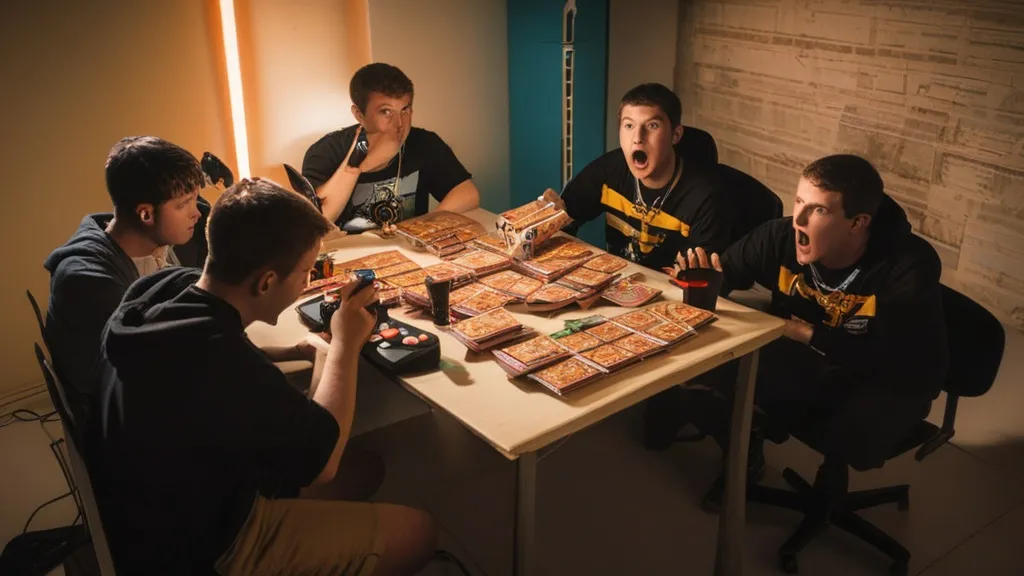
- Call your plan fast and simple: “Hold A, then rotate B at 1:10.”
- Don’t backseat during clutches. Breathe. Let them cook.
- Ping loot once. Not twelve times.
- Say “my bad” and move on. Blame is a time sink.
- GG on losses too. Your future teammate might be on the other side.
Little things that give big edge
- Learn common timings: when teams hit sites, when flanks happen.
- Pre-aim head height. Sounds boring. Wins fights.
- Play the numbers. 3v1? Trade. Not hero time.
- Rotate early. Don’t be the last team into zone with four squads watching.
- Use cover. Your model is larger than you think. Corners are sneaky.
When the game isn’t “fun,” but still worth it
Some nights are heavy. Ranked grind takes brain cells. Meta shifts feel dumb. Updates break stuff. I treat those nights like skill workouts. I’m not chasing dopamine; I’m practicing discipline. Two games on, one off. No “one last game” when I’m tilted. And if I keep saying “this game sucks,” I swap to co-op or story mode. It’s okay to rotate your fun.
Battle royale specifics (yes, again, I’m obsessed)
Here’s my trio brain dump:
- Split drop only if you’re cracked. Otherwise, die together, learn together.
- Set a loot budget: meds, ammo, one long-range, one close-range. Stop looting after that.
- Third-party with intent. If two teams trade, you finish fast or you leave. No half-sends.
- Rotate on terrain. High ground isn’t a meme. It’s physics.
- End-game: don’t peek without purpose. Info is a resource. Health is one too.
Seriously, that mantra again: drop smart, loot fast, rotate early. It looks basic on paper. Then you see how many teams die looting boxes in the open. Yes. Us too. I’m not above it.
Why definitions matter (for new players)
I’ve seen folks bounce off online play because the lingo is a mess. Quick glossary in plain words:
- Co-op: you and friends vs. AI. Chill.
- PvP: players vs. players. Less chill.
- PvE: players vs. environment. Boss fights, raids.
- MMR/Rank: a number that decides your lobby. Don’t worship it.
- Meta: the most effective stuff right now. It changes. A lot.
- Crossplay: different platforms play together. Settings may vary.
- Cross-progression: your unlocks carry across platforms. Bless.
- Tick rate: how often servers update. Higher = smoother.
- Hit reg: if your shots count. If it’s bad, you will know.
A few myths I keep hearing
- “Better gear makes you good.” Not really. Better practice does.
- “Aim is everything.” Positioning and timing beat aim daily.
- “Solo queue is doomed.” Harder, sure. But you’ll learn faster.
- “I need a full stack to win.” You need communication and a plan.
- “All free-to-play is a scam.” Some of it is fair. Vote with your wallet.
What I play when I’m burned out
If I can’t stare at a rank badge anymore, I switch to:
- Custom lobbies with goofy rules.
- Co-op horde against bots. Turn brain off, mow down waves.
- Gun game modes. No loadouts, pure aim.
- Limited-time events with silly modifiers. Double jump? Yes.
Trends I’m watching (with one eyebrow raised)
- More crossplay and cross-progression. Good. Now give us proper input filters.
- Cloud gaming. Works great on some ISPs, and not at all on others.
- User-generated modes. Sandbox tools make the best party nights.
- Better training tools inside the game. Aim ranges, recoil labs, bot AI.
- Rank decay that doesn’t punish you for touching grass. Please.
I’ve been around long enough to know the cycle. Hype, launch, bugs, balance, meta, memes, burnout, new season. Repeat. I still love it. I still line up my snacks, check my ping, and tell myself, “Two hours, then bed.” Then the squad logs in and, well. You know how that goes. Nights stretch. One more round. One more fight. I’ll keep playing multiplayer games until my hands give out or my router explodes. Probably both.
If you’ve made it this far and you’re thinking, “Okay, but how do I start?” Simple. Pick a mode you like. Learn two maps. Find one friend. Mute the screamer. Play ten nights. You’ll get it. And if you don’t, eh. We’ll queue again tomorrow.
Last thing. If competition is your jam, watch a few tourneys, learn how teams call plays, and steal their structure. It helps. Also, stretch your wrists. Hydrate. Touch a window and pretend it’s outdoors. I’ll be in voice, arguing about whether we should rush or play slow. Like always. Because honestly, multiplayer games are where I feel most alive, even when I’m bottom fragging and pretending that was “supportive play.”
FAQs (stuff people ask me all the time)
- Do I need a mic, or can I just ping? — Ping is fine for basics. A cheap mic helps a ton. Push-to-talk is your friend.
- Why is my ping high at night? — Everyone’s home, networks get busy. Try wired, pick a closer server, or play off-peak.
- Is crossplay fair? — Depends on aim assist and input filters. Mixed lobbies can be fine if settings are balanced.
- How do I stop tilting? — Two losses, take five minutes. Drink water. Change modes. Don’t chase one bad night.
- What should I practice first? — Crosshair placement, basic movement, and map callouts. Then utility. Then fancy stuff.

James Carter: Your competitive edge. I cover Patch Notes, Speedruns, Battle Royale Strategy, Multiplayer Trends, and Game Dev Insights. Let’s get into it!
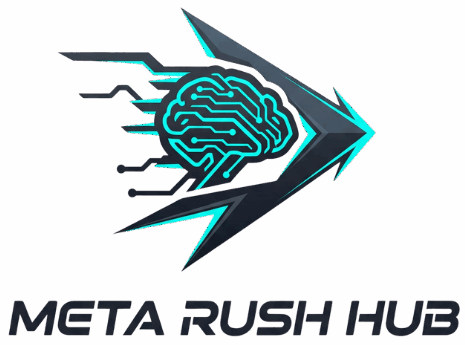
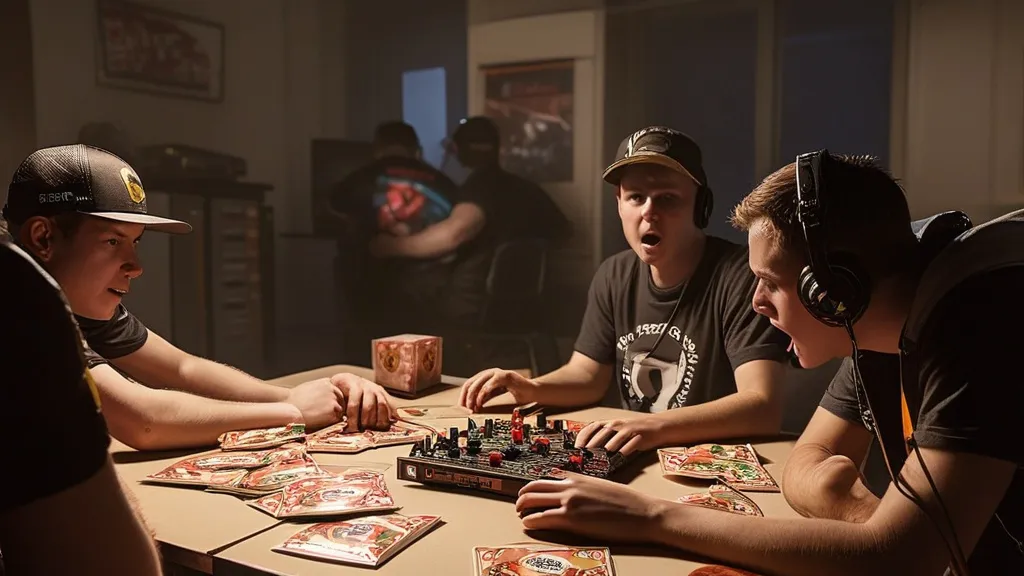
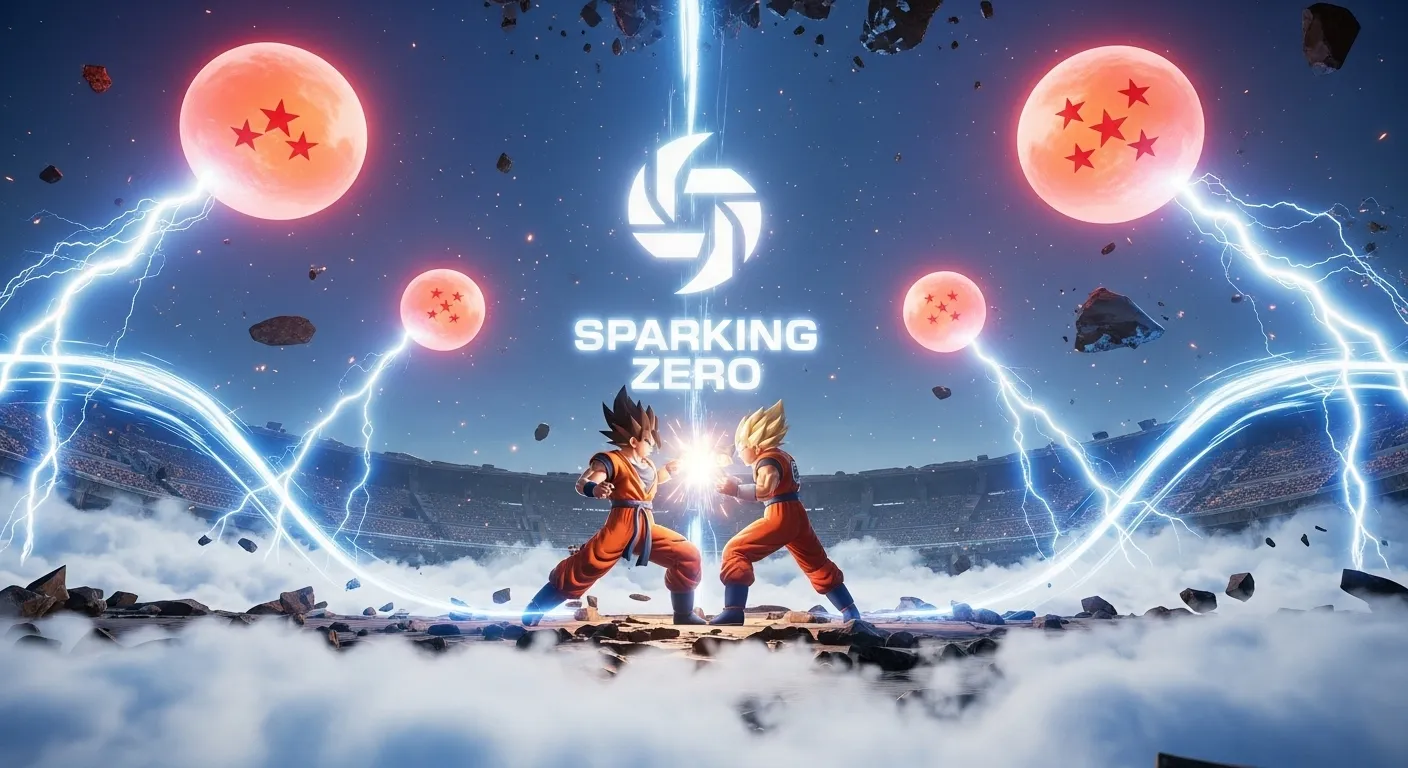
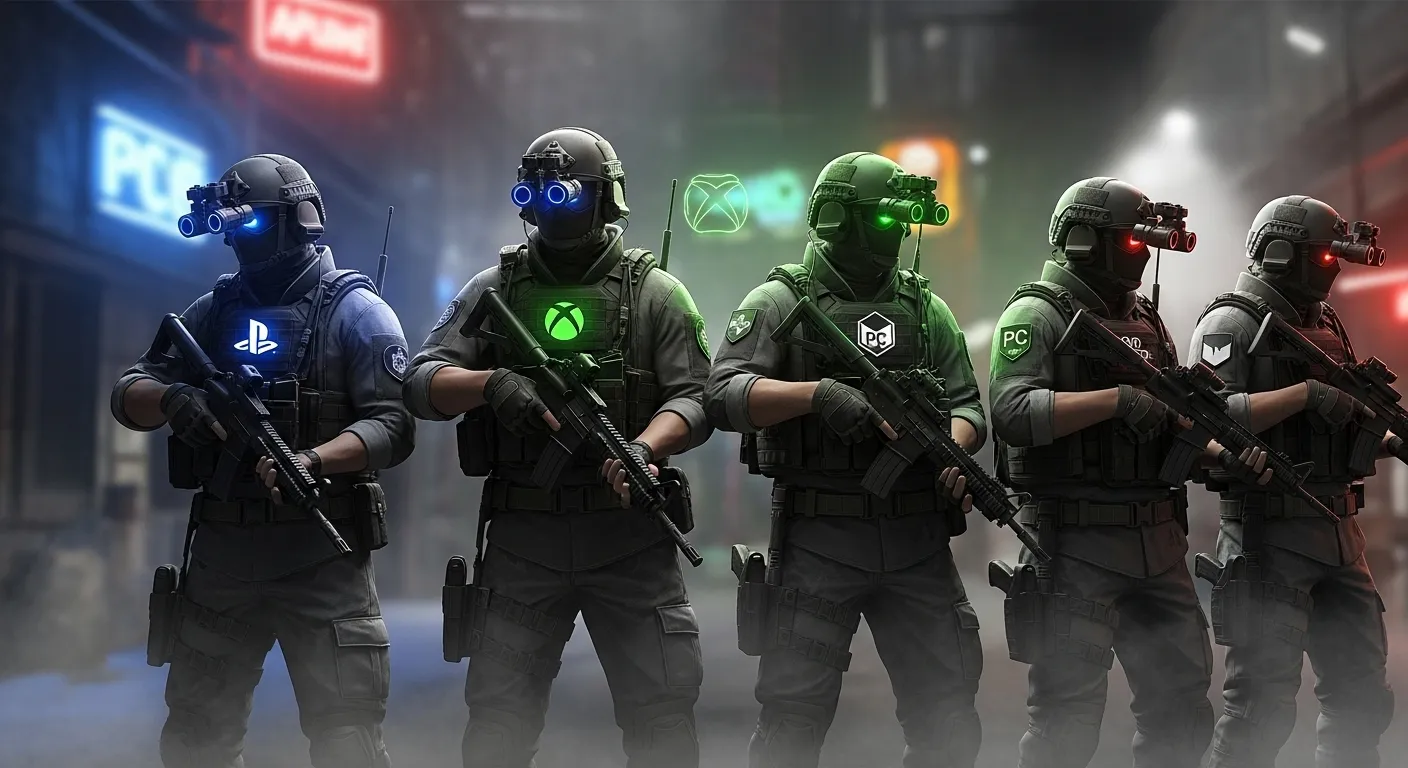
I love the chaos and memories that come with multiplayer games, from LAN parties to matchmaking queues!
Multiplayer games are where relationships are formed, lasting memories are made, and chaos reigns supreme. Cheers to the chaos!
Finding good teammates makes the chaos worth it. Communication and camaraderie are key in multiplayer madness.
Multiplayer games truly bring out the best and worst in all of us. It’s a chaotic rollercoaster of emotions!
What’s your favorite multiplayer game session and why? What makes it memorable for you?